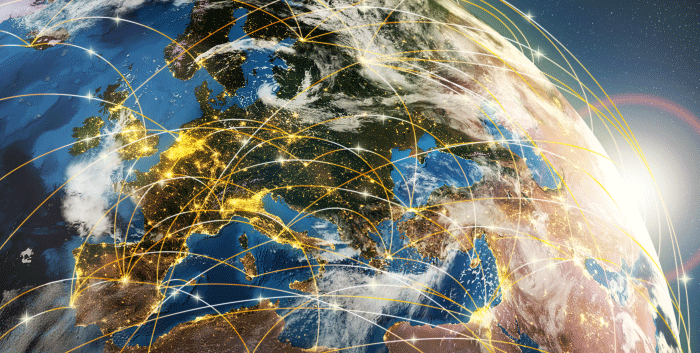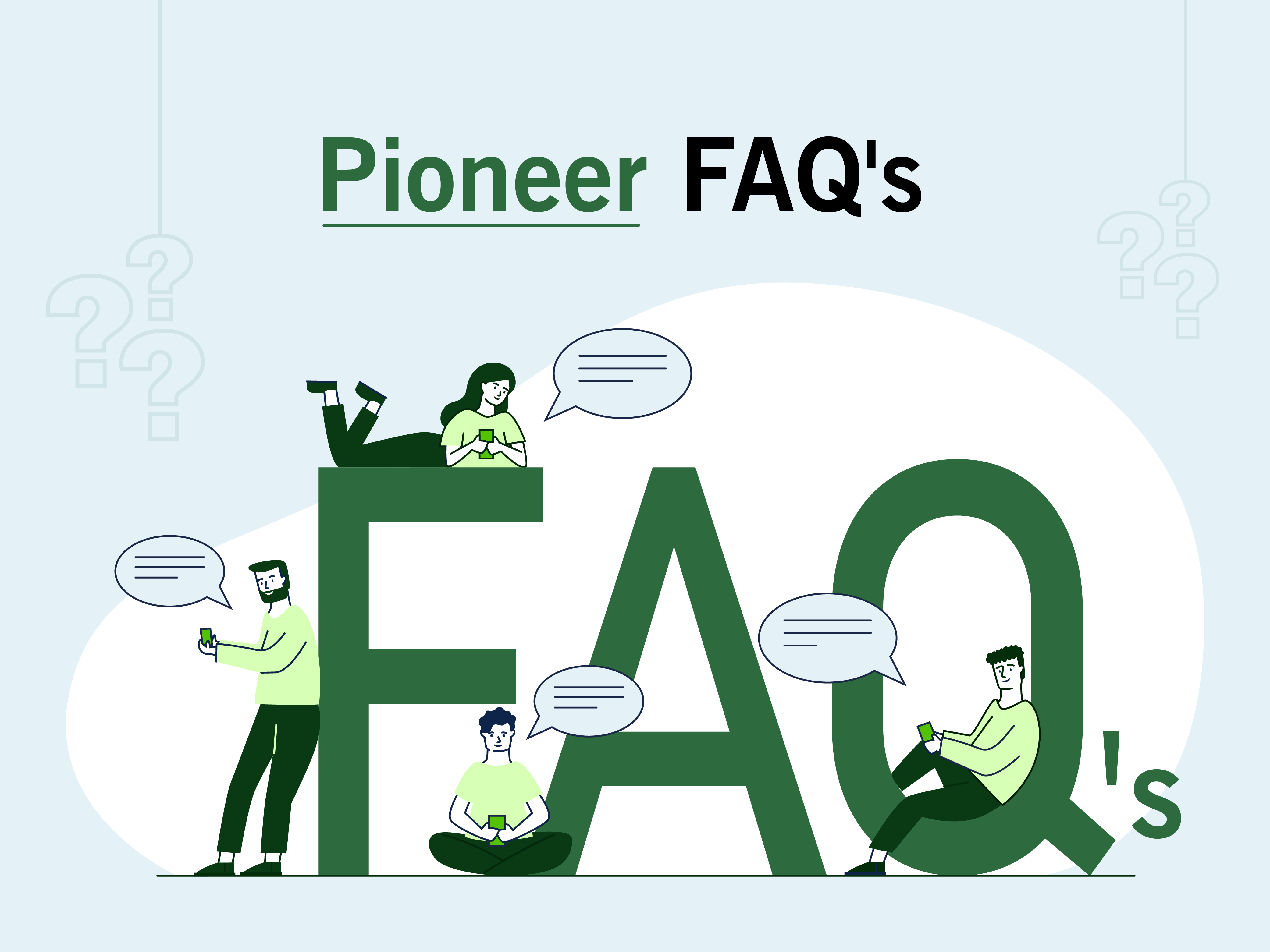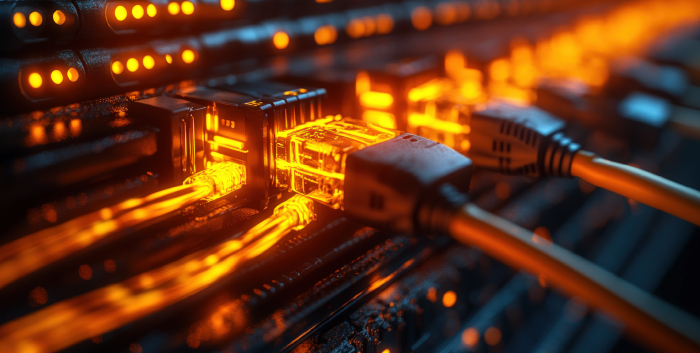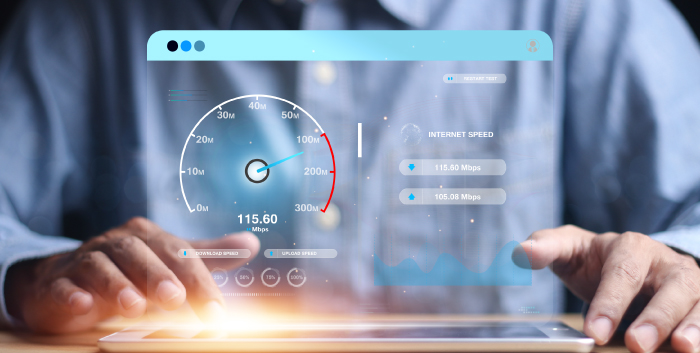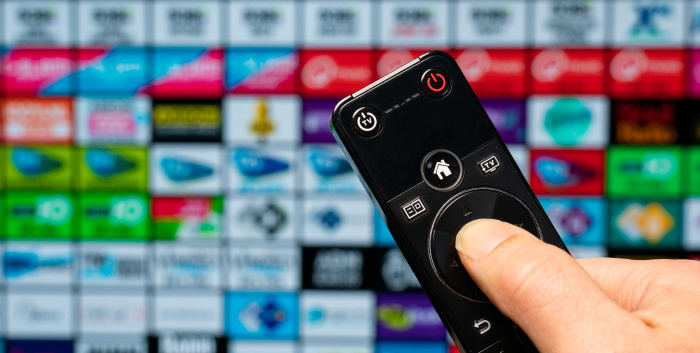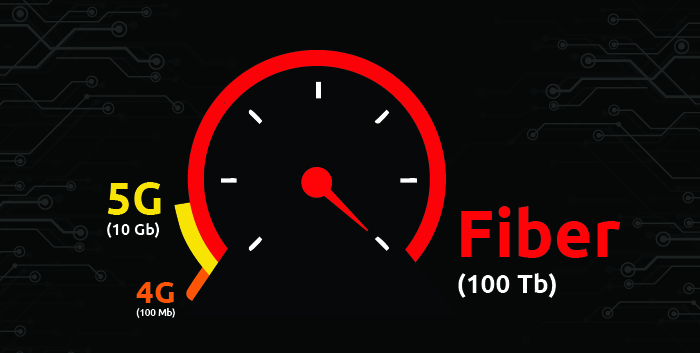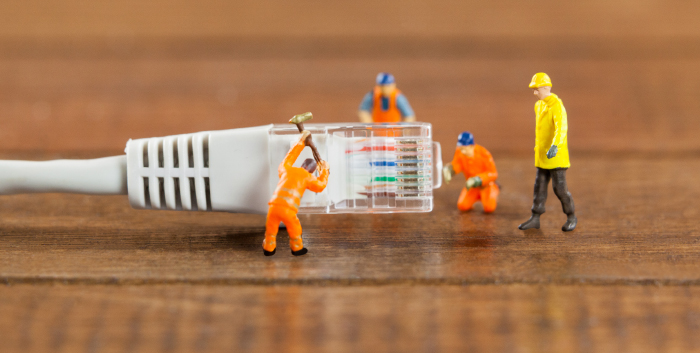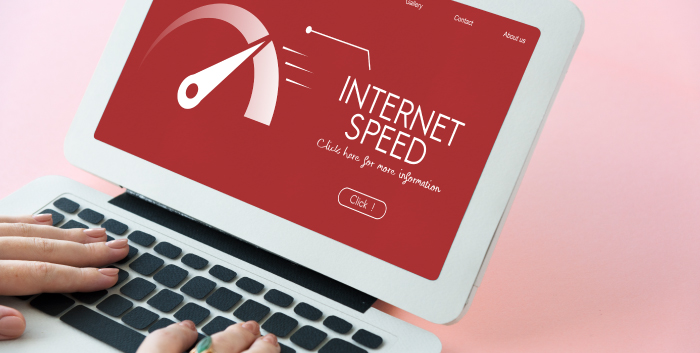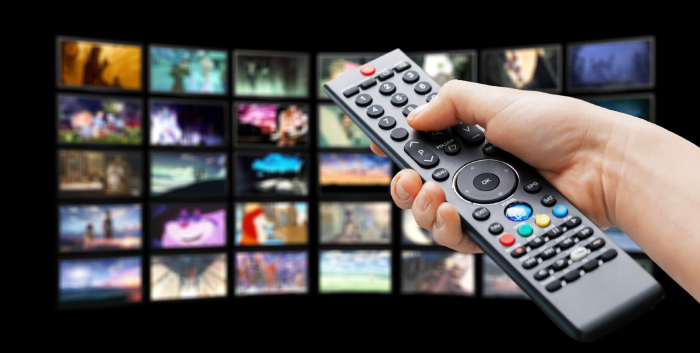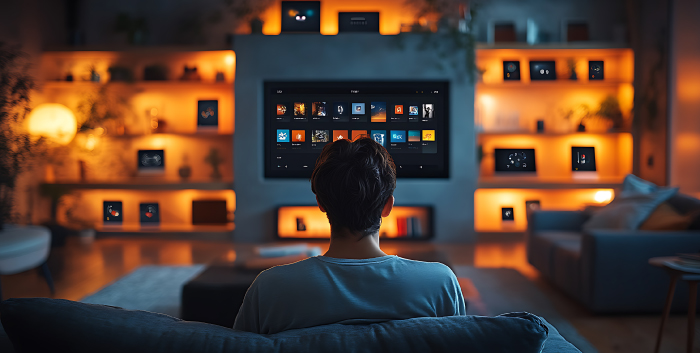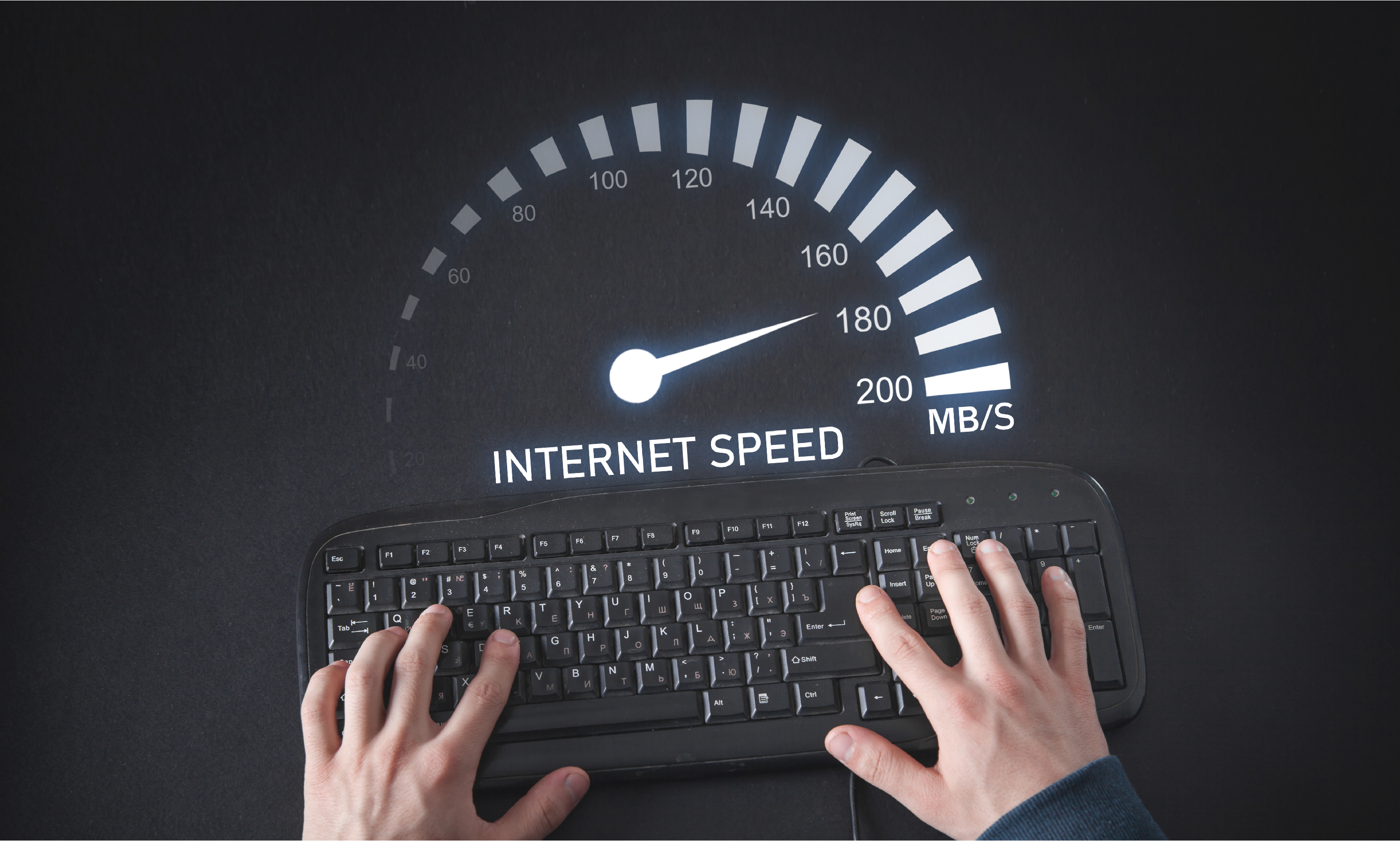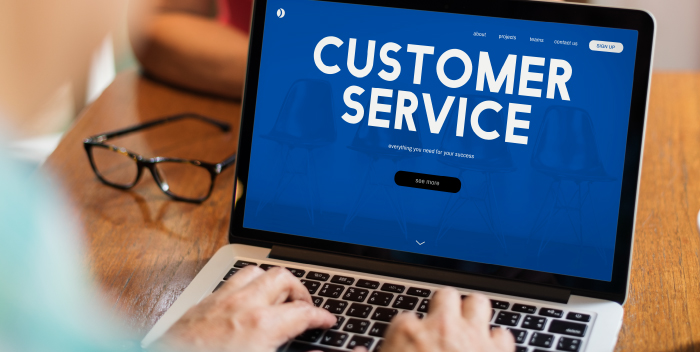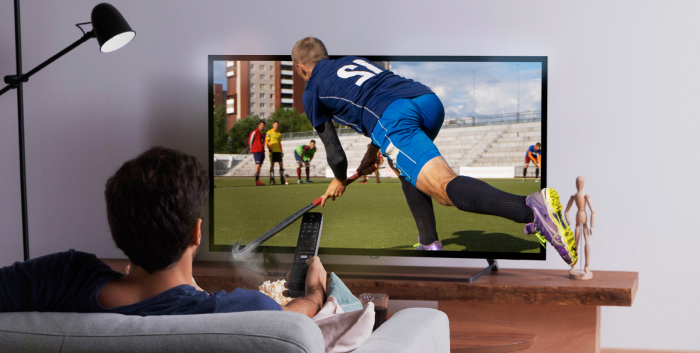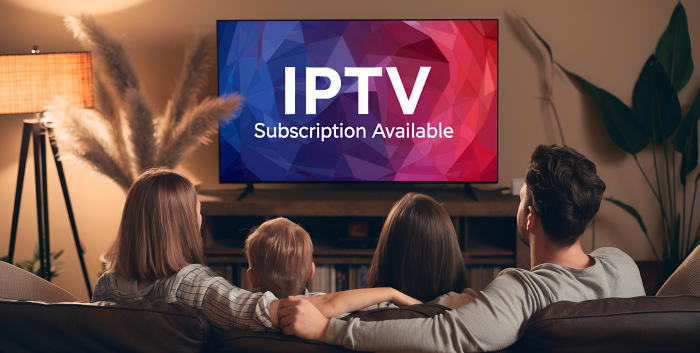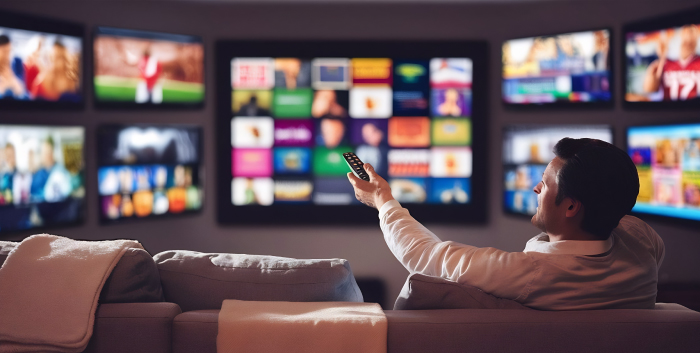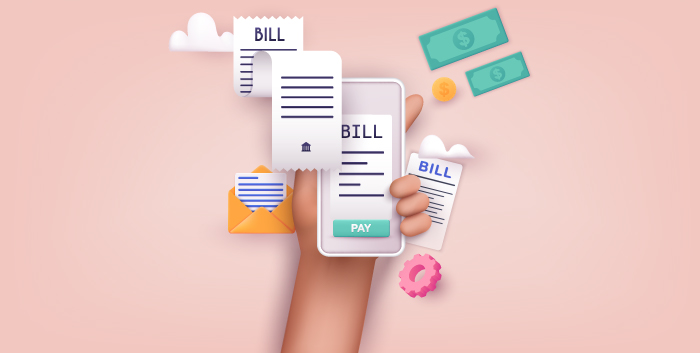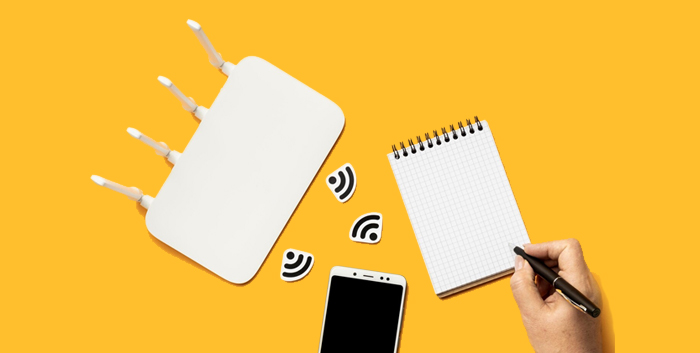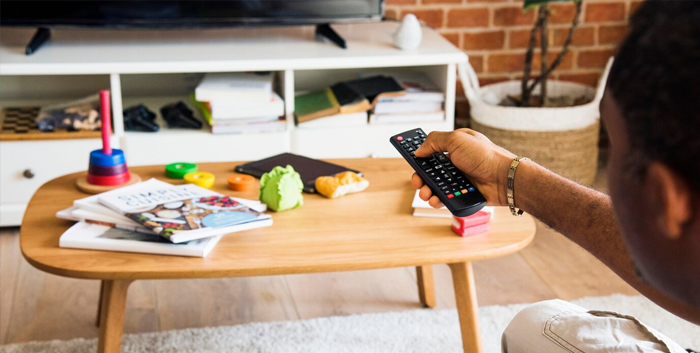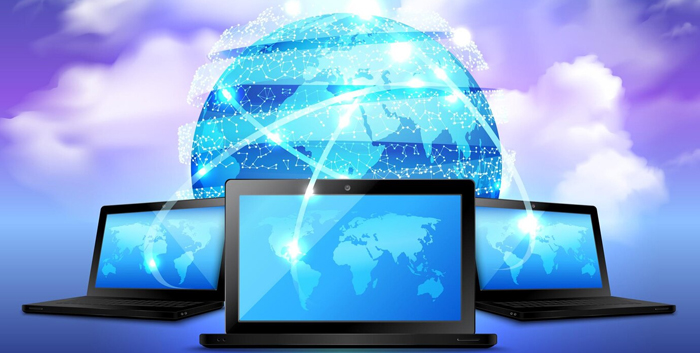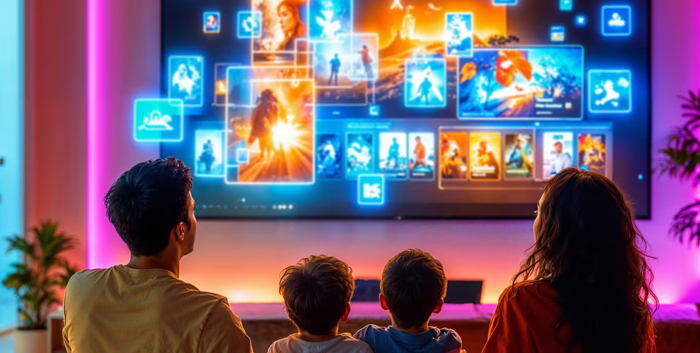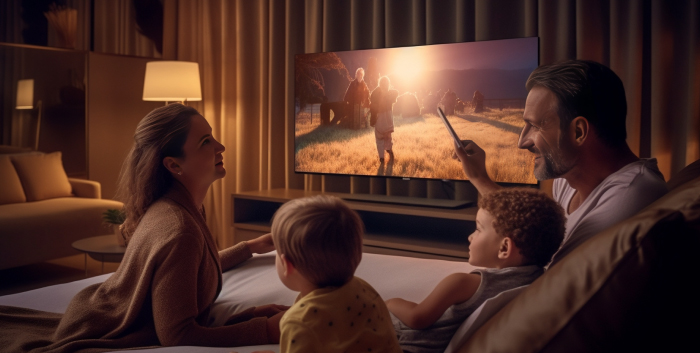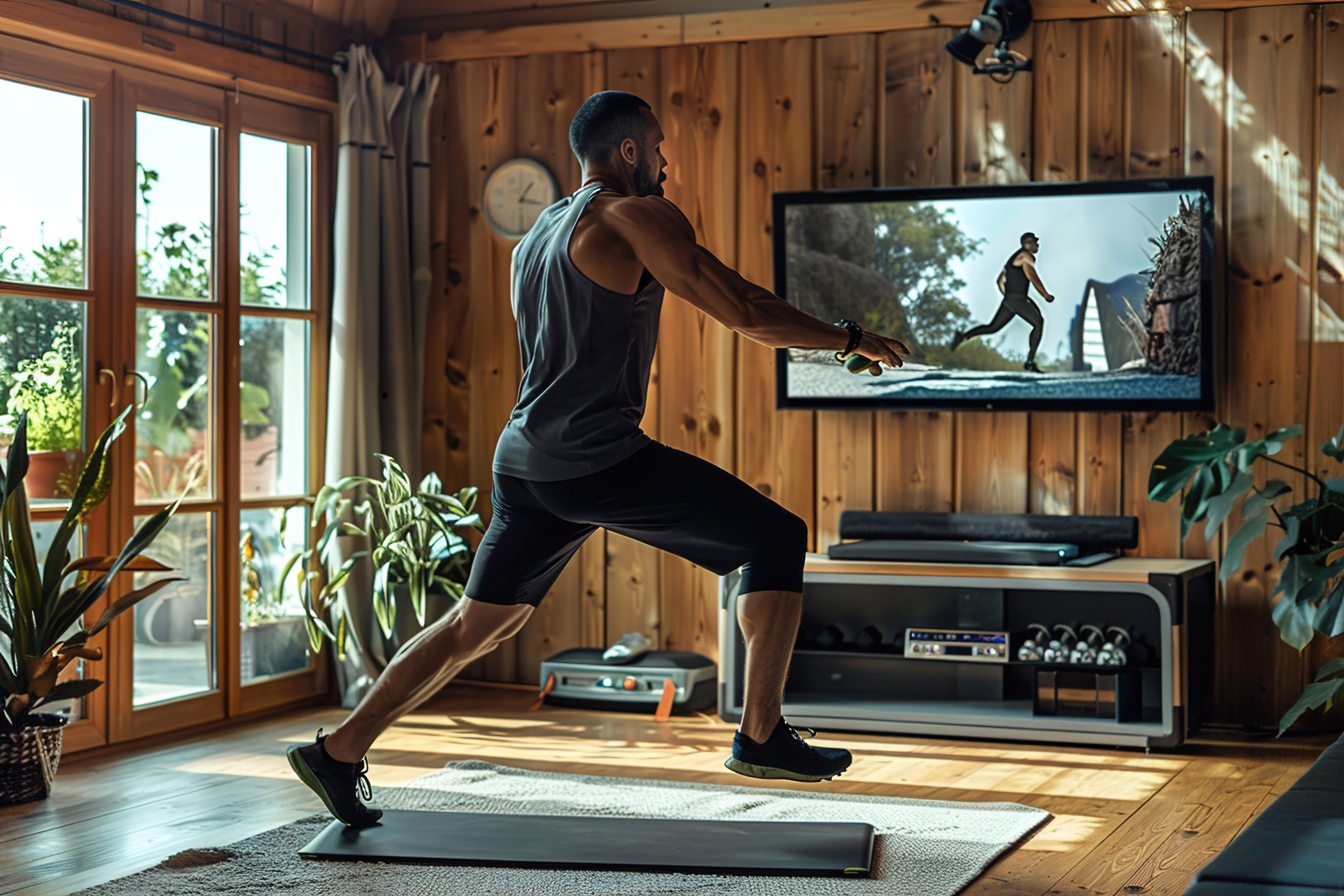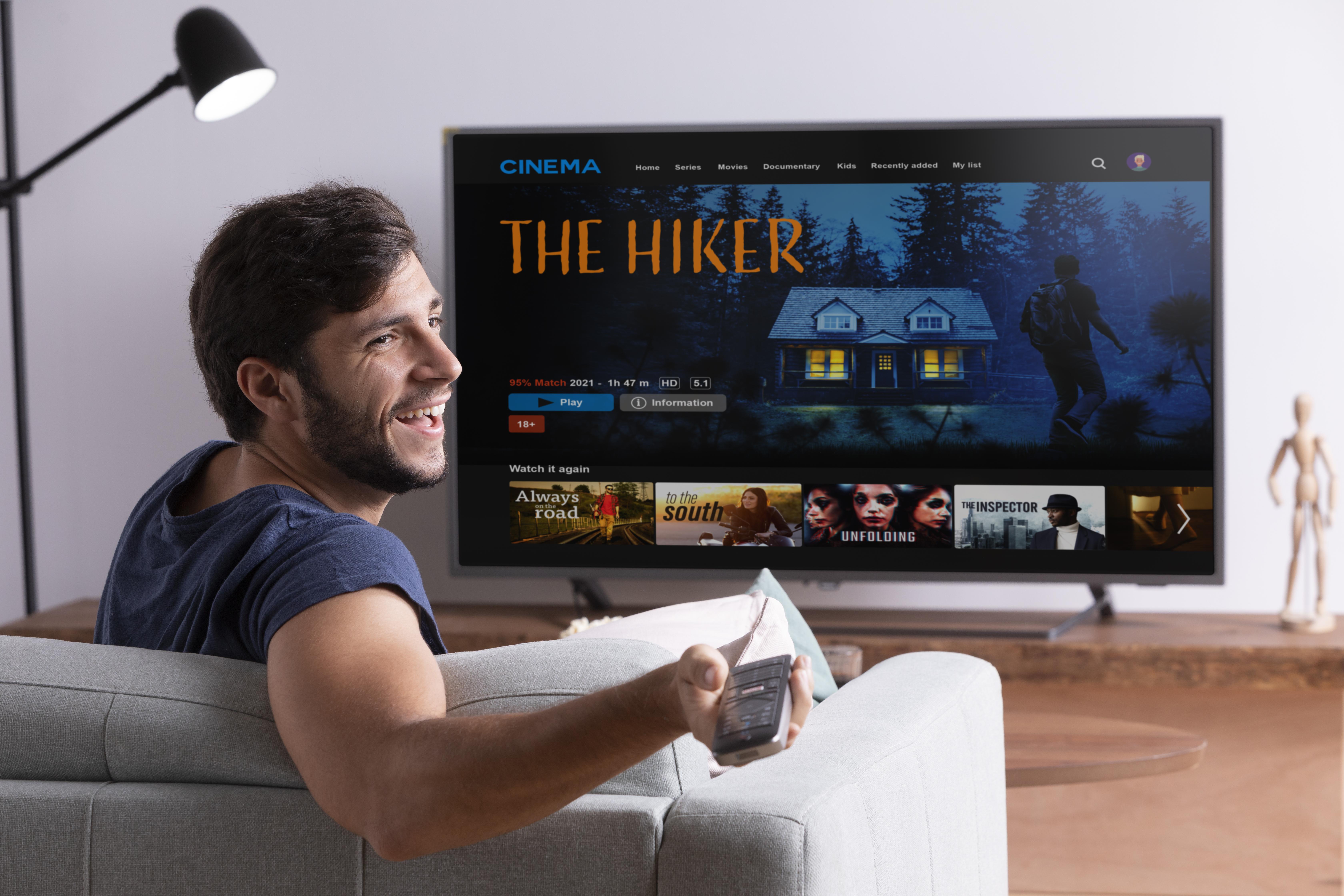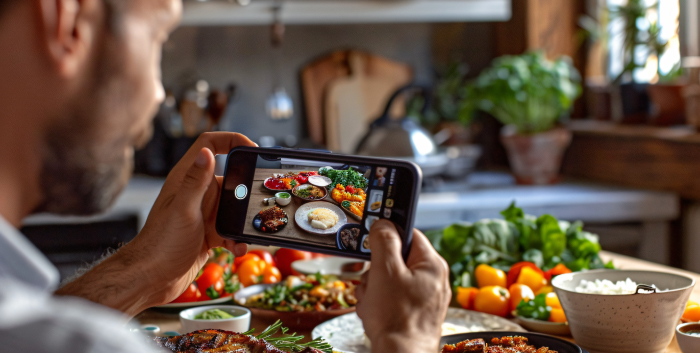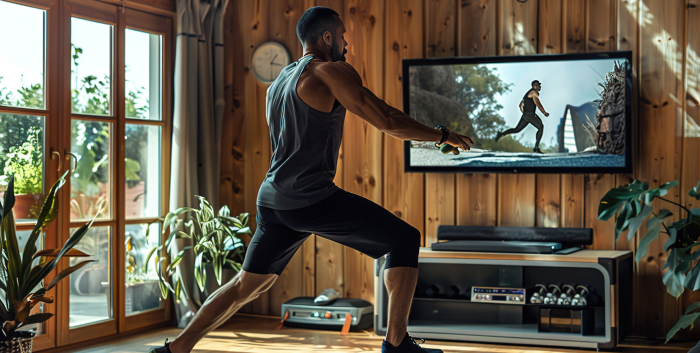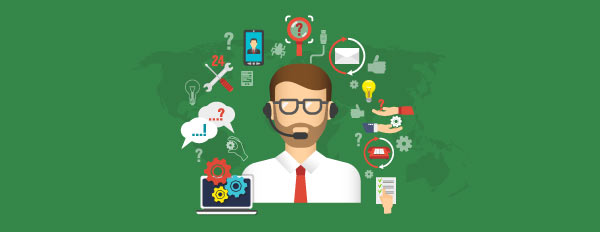The History and Evolution of Home Internet: From Dial-Up to Digital Dreams
Remember that screechy dial-up sound? The one that made your ears twitch every time you wanted to check your email? If you do, you’ve officially been on the internet ride for a while—and oh, what a ride it’s been!
Home internet has come a long way. From crawling dial-up connections to lightning-fast fiber networks and IPTV streaming, the way we get online has evolved dramatically. But beyond the techy terms and cables, this is a story about people—how we’ve changed the way we live, connect, and entertain ourselves.
So, let’s rewind a bit and take a trip through time to see how home internet has grown—and what exciting things lie ahead.
The Early Days: Dial-Up, Static Pages, and Patience
Let’s set the scene: it’s the mid-90s. You’ve got a beige computer that takes five minutes to boot, and you can’t use the phone and internet at the same time. You click “Connect,” and suddenly—eeee-aaaah-kkkrrrchh! That dial-up tone starts.
Speed: 56 Kbps (if you were lucky)
What you could do:
-
Check email (slowly)
-
Browse simple websites
-
Wait... a lot
Real talk: This was the era when you’d start loading a web page, go make a cup of tea, come back—and hope it was done.
Despite the painfully slow speeds, it was groundbreaking. People could connect with others across the globe. Kids did school projects with online research. Families chatted via early messaging apps like Yahoo Messenger or ICQ. It was the birth of the internet generation.
What Made Dial-Up Special:
-
It was new and exciting
-
It brought the world into homes
-
It taught us patience (and to never pick up the landline when someone was online)
DSL & Cable: The Always-On Era Begins
The 2000s brought a quiet revolution. Say goodbye to dial tones and hello to always-on internet. DSL and cable internet meant no more dropped connections every time someone picked up the phone.
Speed: 256 Kbps – 5 Mbps (a massive leap!)
Why it was better:
-
Faster speeds meant streaming became possible
-
You could be online and use the phone simultaneously
-
Websites looked better (hello, images and videos!)
This was the golden age of blogging, YouTube’s birth, and the rise of social media. People started watching videos online. Skype made international calls easier. Internet access became less of a novelty and more of a necessity.
Challenges back then:
-
Speeds still varied based on location
-
Peak-hour slowdowns
-
Sharing a connection with the whole neighborhood could drag things down
But DSL and cable set the stage for what came next: serious speed.
The Fiber Optic Revolution: Fast, Reliable, and Future-Proof
Enter fiber optics—the internet’s superhero. Fiber uses light to transfer data through thin glass strands, making it ridiculously fast and stable.
Speed: 100 Mbps – 1 Gbps (and beyond!)
Perks:
-
No more buffering
-
Seamless video calls and gaming
-
You can stream, scroll, download, and Zoom—all at once
Everyday wins with fiber:
-
No arguments about who’s hogging the Wi-Fi
-
Kids doing online classes while parents work remotely
-
Instant access to 4K and 8K content
Did you know? Fiber doesn’t just help your Netflix nights. It also boosts property values and supports smart home tech.
IPTV and OTT: Goodbye Cable, Hello Freedom
Let’s face it—traditional cable TV had its limits. You had to stick to a schedule, sift through channels you never watched, and still miss your favorite show.
That changed with IPTV (Internet Protocol Television) and OTT (Over-The-Top) platforms like Netflix, Amazon Prime, and Disney+.
What’s IPTV? It delivers live TV over your internet connection. Think: 500+ channels, including regional and global favorites, right through your broadband.
Benefits:
-
Watch TV on your terms—any screen, any time
-
Bundled with OTTs for endless options
-
No messy cables or satellite dishes
Why it works today:
-
People want control over what they watch
-
We’re all multitasking across devices
-
It fits modern lifestyles (and attention spans!)
Common Home Internet Struggles (We’ve All Been There)
Even with all this progress, the internet still has its moments. Here are 5 pain points we’ve all faced:
1. Slow Speeds During Peak Time
You’re streaming your favorite series, and it buffers right before the plot twist. Classic.
Fix it:
-
Upgrade to a higher-speed plan
-
Check for background downloads
2. Wi-Fi Dead Zones
Why does the signal disappear the moment you enter the kitchen or balcony?
Fix it:
-
Add Wi-Fi extenders or mesh routers
3. Overpriced or Confusing Plans
Is it just internet? What about OTT? Do you really need that landline?
Fix it:
-
Look for combo plans that bundle internet, IPTV, and OTT for better value
4. Too Many Devices, Not Enough Bandwidth
Phones, laptops, smart TVs, Alexa, cameras... all fighting for bandwidth.
Fix it:
-
Choose plans that support multiple high-usage devices
5. Security Concerns
The more we connect, the more we expose ourselves to risks.
Fix it:
-
Use strong passwords
-
Regularly update your router firmware
-
Enable built-in firewalls
What’s Next for Home Internet?
We’re not done yet. The internet of tomorrow is going to be even faster, smarter, and more immersive.
Coming soon to a router near you:
-
Wi-Fi 7: Faster, less interference, and perfect for smart homes
-
AR/VR Entertainment: Step into virtual concerts and games
-
Smarter Homes: Devices that talk to each other for ultimate convenience
Imagine this: You get home. Your lights turn on, your TV starts playing your favorite playlist, and your fridge tells you you’re low on eggs—all because everything is connected to super-fast internet.
Why It All Matters
At the heart of this tech evolution is a simple idea: connection. Not just digital signals, but people staying close—no matter the distance. Families connect over video calls. Friends stream movies together. Entrepreneurs build businesses from their homes.
It’s not just internet. It’s the infrastructure of our lives.
Final Thoughts: Embrace the Change
We’ve come a long way from the days of dial-up, and the journey isn’t over. As the digital world continues to evolve, so should your internet experience.
If you’re still stuck with slow speeds, outdated tech, or overpriced plans—it’s time to level up.
Your Turn: Ready for a Digital Upgrade?
At Pioneer Online, we combine ultra-fast broadband, 500+ live TV channels, and premium OTTs in one powerful combo. Whether you're a movie buff, gamer, remote worker, or smart home enthusiast—we’ve got you covered.
- No buffer zones
- No cable clutter
- Just seamless, reliable entertainment and connectivity
Got an internet struggle or memory of dial-up days? Share it in the comments—we’d love to hear your story!
Pioneer Online:
-
High-Speed Internet for Homes – Explore plans tailored to your needs
-
Why Choose Fiber? – See why it’s better for speed and stability
-
Smart Wi-Fi for Large Homes – Cover every corner effortlessly
Want Better Internet? Know the Signs
Still unsure? Here are signs you might need to upgrade:
-
Streaming buffers too often
-
You can’t work from home smoothly
-
Video calls freeze
-
You’re paying more but getting less
-
New devices are choking your bandwidth
If any of this sounds familiar, it’s time for a smarter internet plan.


